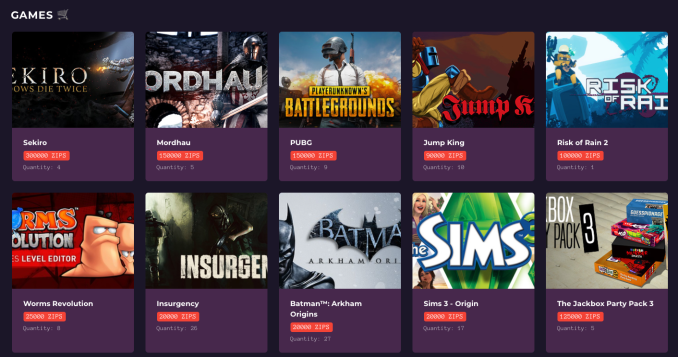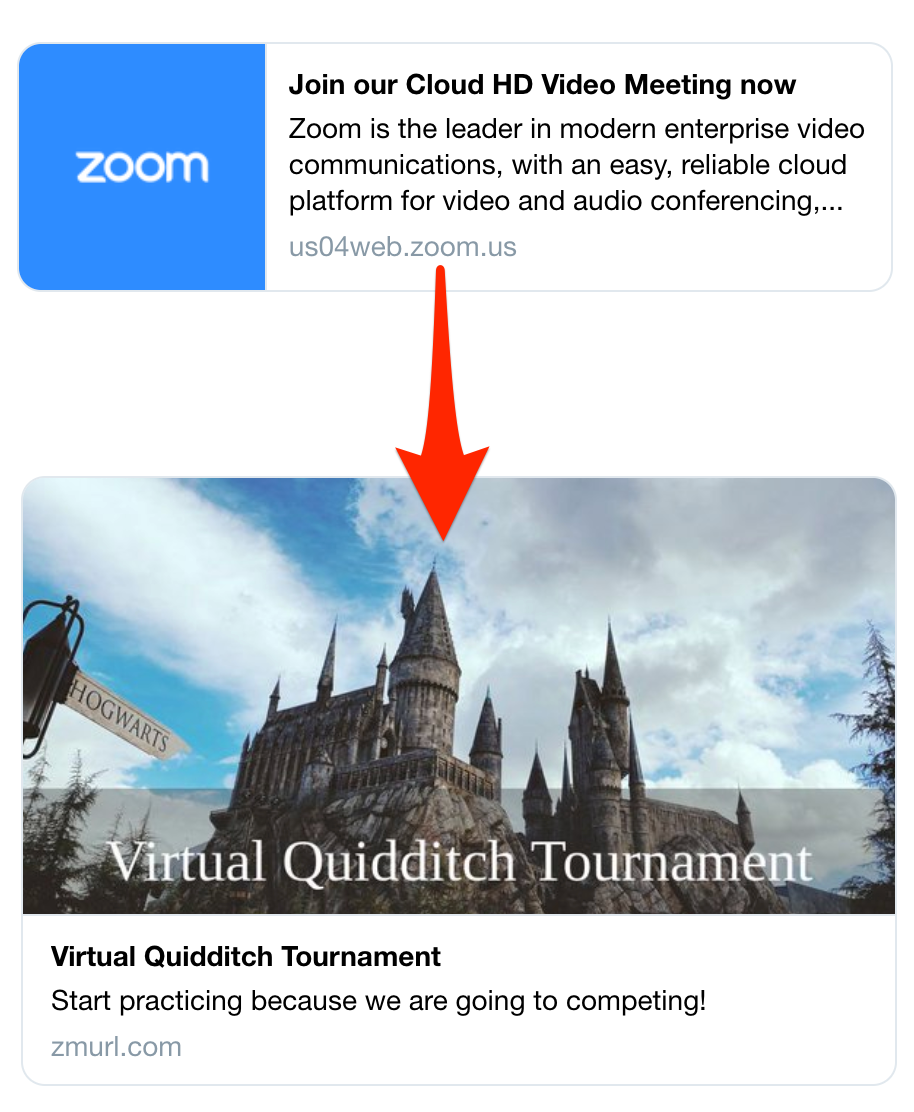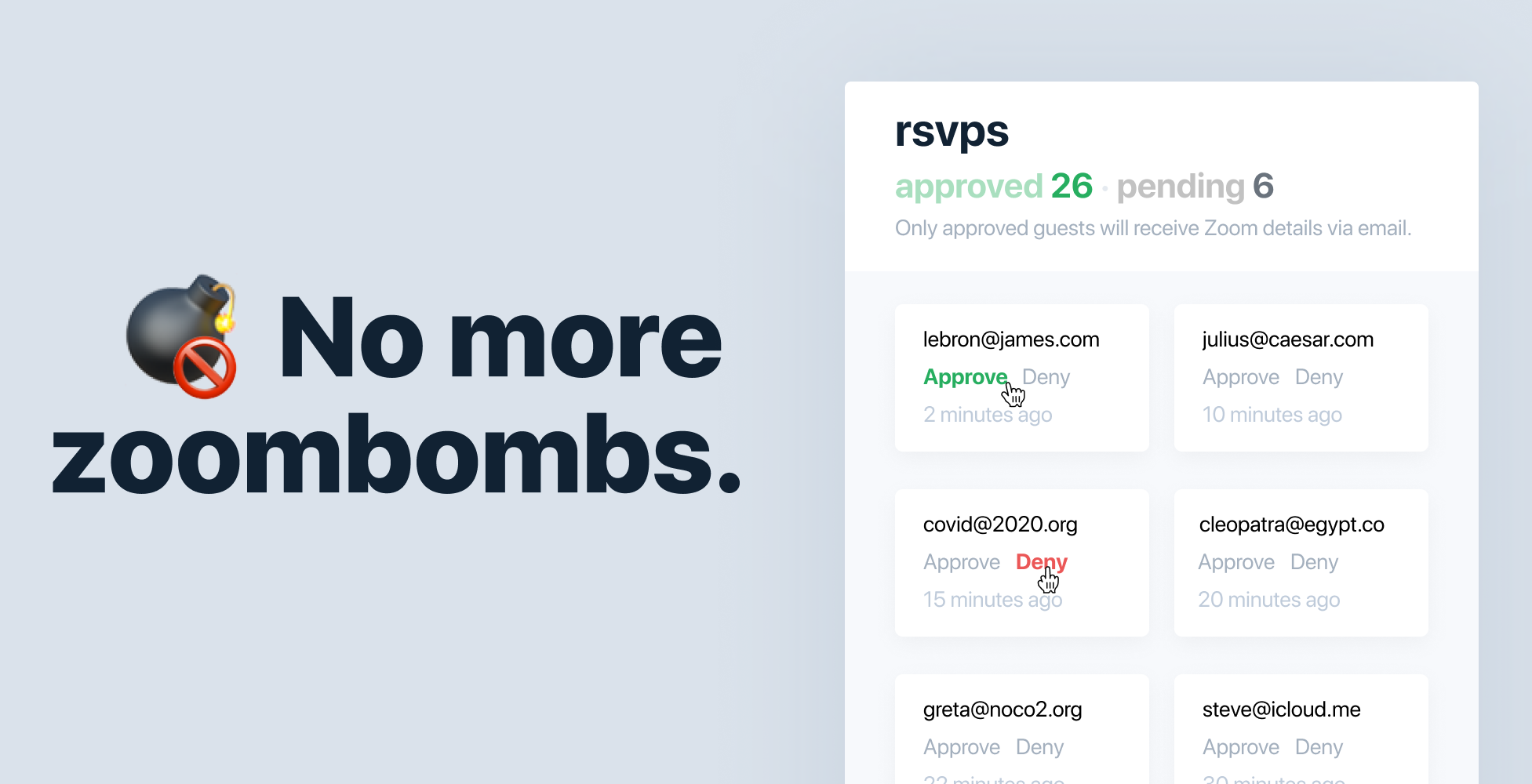The massive surge of COVID-19-related layoffs has put tech in a unique position. While the startup world is facing layoffs itself, it is also trying to help get people back to work.
Back at the end of 2019, the SoftBank-backed belt-tightening period led to a flurry of crowdsourced spreadsheets with employee names from companies like Oyo, WeWork, Zume and more. The spreadsheets popped up as a bet on the network effect, with the ultimate goal of hoping the sheets land in the hands of a recruiter looking to hire one of hundreds laid off. Now, as COVID-19 cripples the economy, layoffs have surged dramatically past that one period.
On one end, we&ve reported on numbers of tech companies cutting staff, from Oyo, toZipRecruiter, to TripActions. But on the other, brighter end, we&ve also seen the rise of platforms to connect those laid off and pledges from employers to not fire any employees during this trying time.
In a world where people are laid off on Zoom, techefforts to give community, and a course of action, to those laid off is undeniably important.
The current climate of the pandemic, and the massive unemployment that has resulted, means that a spreadsheet with a long list of employee names and unverified contact information doesn&t cut it.
Shannon Anderson, the director of talent at Madrona Venture Group in Seattle, saw her firmportfolio companies struggling with layoffs and the changing economy. Two of the portfolio companies, Textio and Rover, laid off staff, along with a number of other companies.
&We wanted to anticipate a reduction in force across the ecosystem,& said Anderson. &Ita global problem.&
So, to help boost the network of those laid off, Anderson reached out to a number of HR leaders, including Chris Brownridge, the founder of Silver Lining, a job platform for those who have been laid off. He started Silver Lining after he shut down his startup last summer and had to lay off his staff of 20.
&I felt the pain [of layoffs] from the employer side, and it is painful for the employer, especially when you care about [your workers],& he said back in January. &I don&t want to keep seeing spreadsheets thrown around; I think that is not the right answer. We need a standardized way to deal with it, with a community behind it.&
Silver Lining is a platform that lets candidates submit profiles for recruiters from top companies to review. Job seekers on the site range from architects, UX designers, engineers, community managers and more.
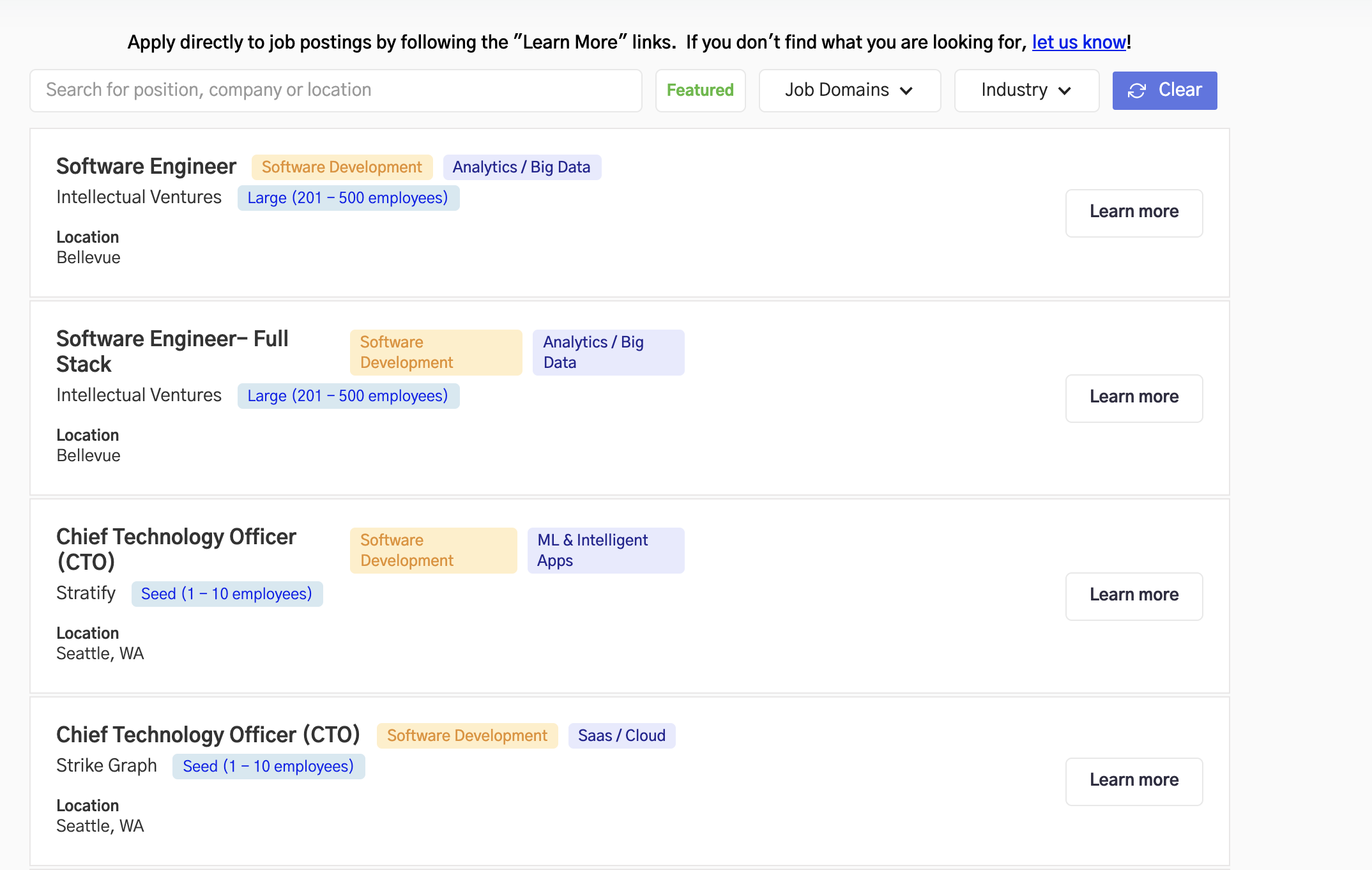
Then COVID-19 spread across the world, forcing people to stay home and spend less. The economydownturn unevenly impacted companies around the world: where layoffs exist for the travel sector, usage surges exist for the remote work companies. But as a whole, the labor force is struggling, with 6.6 million Americans filing for unemployment just last week alone.
Madrona said it is donating a portion of its budget to help Silver Lining offer more services to those laid off. The firm declined to share the total amount of the donation.
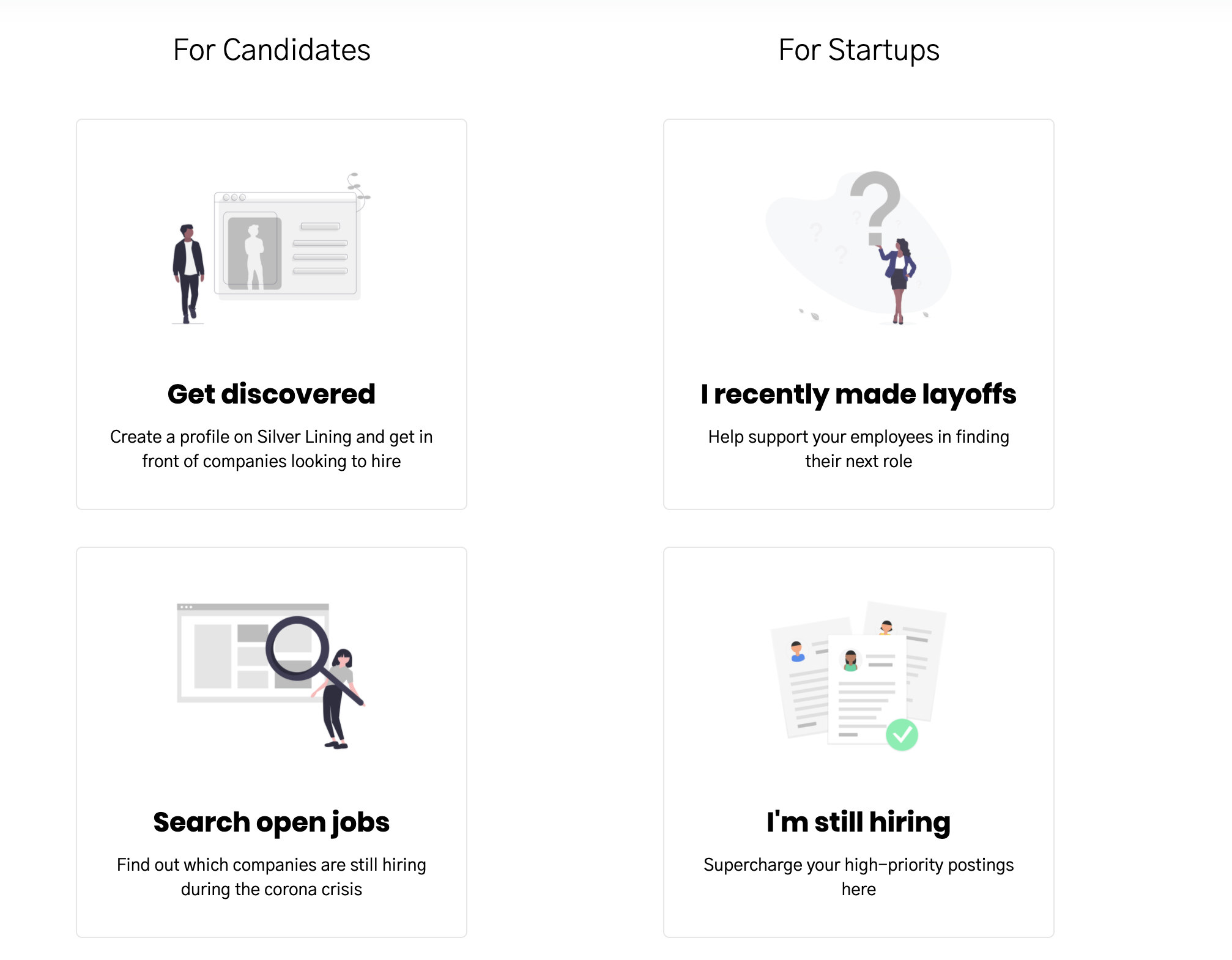
Silver Lining will also now offer coaching, resume writing and emotional support to folks on the platform, Brownridge says. Thanks to donations from Madrona, Skytap, Bandwidth, Voodle, Female Founders Alliance and more, the site is free to use.
The uptick in layoffs has led Boston-based Drafted, a referral startup, to launch a product called the Layoff Network to help those who have been laid off. The startup previously was sending out a newsletter, Layoff List, of weekly list of layoffs with spreadsheets hyperlinked. During the SoftBank layoffs, Olivia Clark, the creator of the newsletter, noticed a surge in traffic — more than 1,000 recruiters subscribed.
Now she says traffic is &up 2,000%& and, in just two weeks, Draftedengineering team has productized that newsletter into a job search network.
The Layoff Network connects with recruiters people who have been recommended by their colleagues and &endorsed& for their skills. If you&re laid off, you can sign up and create a profile and ask a previous employer or colleague to recommend you. Clark says this is similar to LinkedIn&endorse& feature to make sure the people are credible.
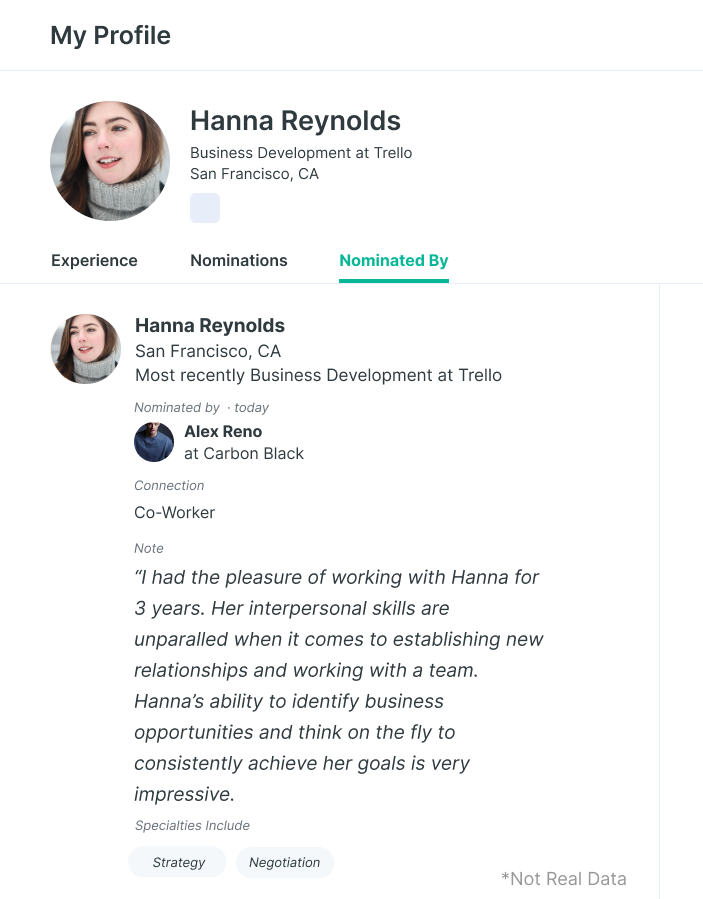
Once the person has been endorsed, they will be added to a talent feed. That is where recruiters can search for nominees, job titles, companies or locations. Unlike a spreadsheet, this is clearly easier to navigate and adds another layer of human touch.
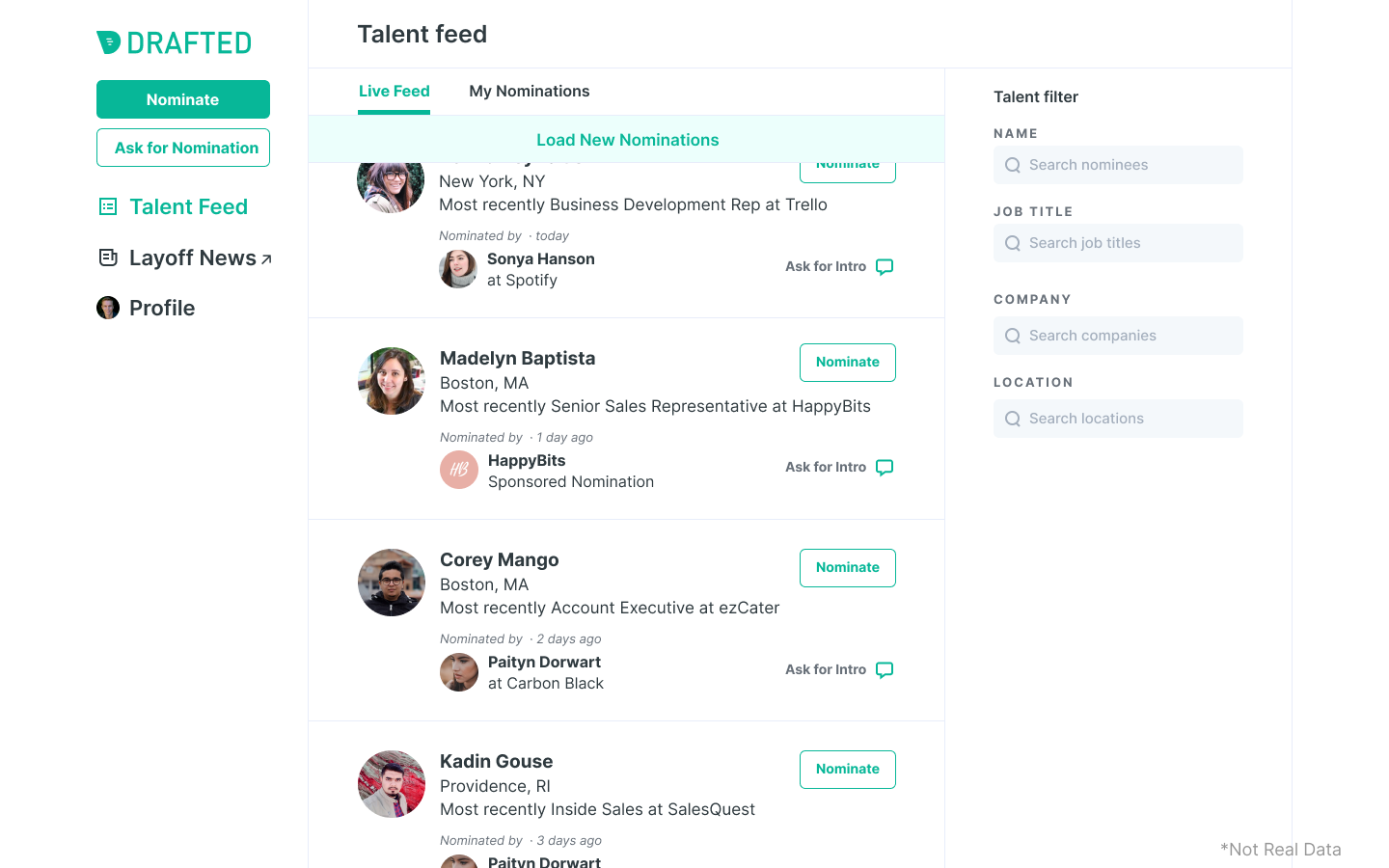
Clark says that the platform will be free for individuals who have been laid off, and who are recruiting or hiring. Drafted has a paid enterprise level that is for organizations that are conducting mass layoffs and want to provide support for former employees.
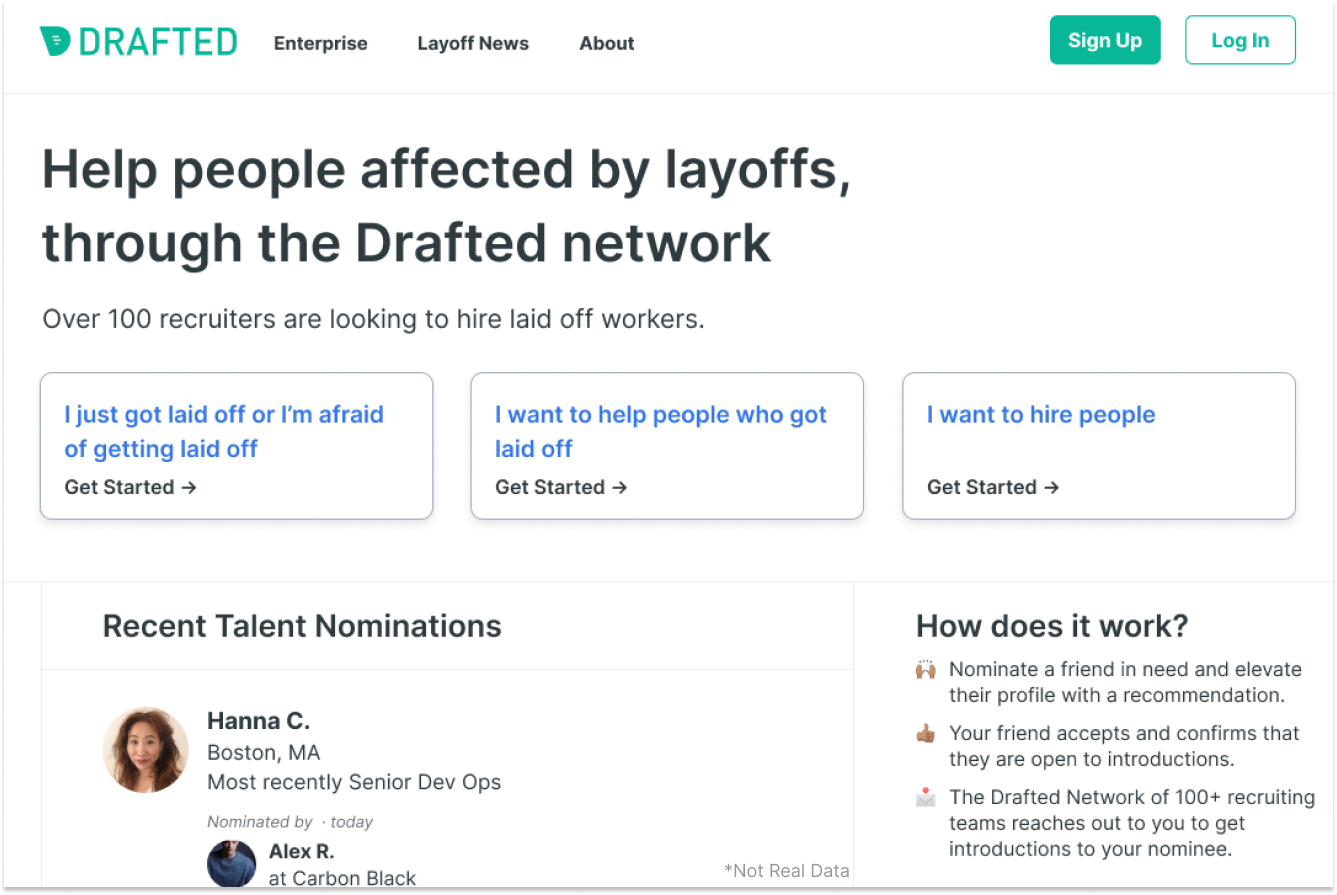
The grassroots efforts are vast and diverse. Herea list that posts companies that are actively hiring. Herea list for Canadian tech workers, and one for Coloradotech scene. And herea live tracker of startups that have issued layoffs, started by the team over at Human Interest, a startup that has nothing to do with layoffs.
Megan Murphy, who created Chicago Superstars for those laid off from the Chicago tech scene, has not received donations or support yet. As the number of unemployed people increases, Murphy says shenoticing a lack of clarity on which companies are hiring, and which job postings are still active. If a company was hiring for a position in January, it might not be anymore (to help keep costs down).
&I can&t waste time crafting cover letters and custom resumes for jobs that won&t actually move forward,& she said. &There are tons of crowdsourced tools trying to flag whoactually hiring still, while others are trying to flag whoinstituted a hiring freeze or laid people off, and in the meantime, company career pages aren&t up to date. We need one source of truth — and right now nobodyreally set up to do that.&
For now, Murphy says shegetting creative in her own search, and asking for others to do the same. &Virtual communities and experiences are about to be more important than ever.& She notes guerrilla Slack channels and Reddit as an example of organic communication.
As for how sheable to keep up with the demand of people needing help for their next job? Murphy, who is looking for a job herself after getting laid off, says she has fewer interviews from potential employers, so shebeen able to help those reaching out.
The work done by these entrepreneurs scratches at the same hope that lies within the hundreds of lines of contact information within a crowdsourced layoff spreadsheet: a need for a community in a trying time. And these days, more than most, remind us of the power of having a group of people together in the first place.
- Details
- Category: Technology Today
Read more: As tech layoffs surge, some support emerges for those without a job
Write comment (94 Comments)As capable as robots are, the original animals after which they tend to be designed are always much, much better. Thatpartly because itdifficult to learn how to walk like a dog directly from a dog — but this research from GoogleAI labs make it considerably easier.
The goal of this research, a collaboration with UC Berkeley, was to find a way to efficiently and automatically transfer &agile behaviors& like a light-footed trot or spin from their source (a good dog) to a quadrupedal robot. This sort of thing has been done before, but as the researchers& blog post points out, the established training process can often &require a great deal of expert insight, and often involves a lengthy reward tuning process for each desired skill.&
That doesn&t scale well, naturally, but that manual tuning is necessary to make sure the animalmovements are approximated well by the robot. Even a very doglike robot isn&t actually a dog, and the way a dog moves may not be exactly the way the robot should, leading the latter to fall down, lock up or otherwise fail.
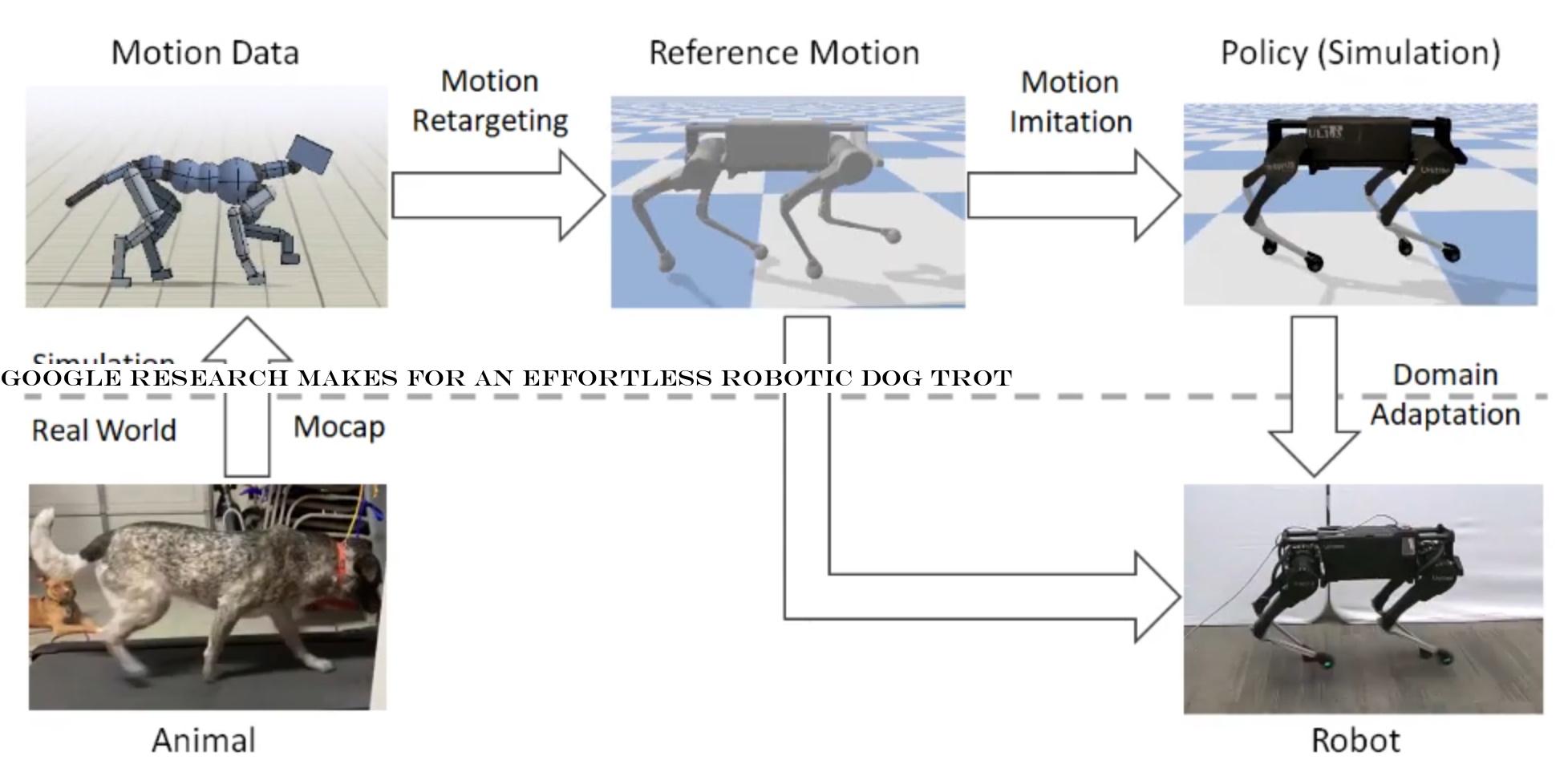 The Google AI project addresses this by adding a bit of controlled chaos to the normal order of things. Ordinarily, the dogmotions would be captured and key points like feet and joints would be carefully tracked. These points would be approximated to the robotin a digital simulation, where a virtual version of the robot attempts to imitate the motions of the dog with its own, learning as it goes.
The Google AI project addresses this by adding a bit of controlled chaos to the normal order of things. Ordinarily, the dogmotions would be captured and key points like feet and joints would be carefully tracked. These points would be approximated to the robotin a digital simulation, where a virtual version of the robot attempts to imitate the motions of the dog with its own, learning as it goes.
So far, so good, but the real problem comes when you try to use the results of that simulation to control an actual robot. The real world isn&t a 2D plane with idealized friction rules and all that. Unfortunately, that means that uncorrected simulation-based gaits tend to walk a robot right into the ground.
To prevent this, the researchers introduced an element of randomness to the physical parameters used in the simulation, making the virtual robot weigh more, or have weaker motors, or experience greater friction with the ground. This made the machine learning model describing how to walk have to account for all kinds of small variances and the complications they create down the line — and how to counteract them.
 Learning to accommodate for that randomness made the learned walking method far more robust in the real world, leading to a passable imitation of the target dog walk, and even more complicated moves like turns and spins, without any manual intervention and only a little extra virtual training.
Learning to accommodate for that randomness made the learned walking method far more robust in the real world, leading to a passable imitation of the target dog walk, and even more complicated moves like turns and spins, without any manual intervention and only a little extra virtual training.
Naturally manual tweaking could still be added to the mix if desired, but as it stands this is a large improvement over what could previously be done totally automatically.
In another research project described in the same post, another set of researchers describe a robot teaching itself to walk on its own, but imbued with the intelligence to avoid walking outside its designated area and to pick itself up when it falls. With those basic skills baked in, the robot was able to amble around its training area continuously with no human intervention, learning quite respectable locomotion skills.
The paper on learning agile behaviors from animals can be read here, while the one on robots learning to walk on their own (a collaboration with Berkeley and the Georgia Institute of Technology) is here.
- Details
- Category: Technology Today
Read more: Google research makes for an effortless robotic dog trot
Write comment (97 Comments)